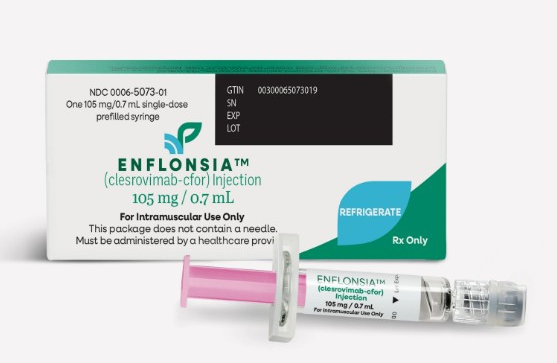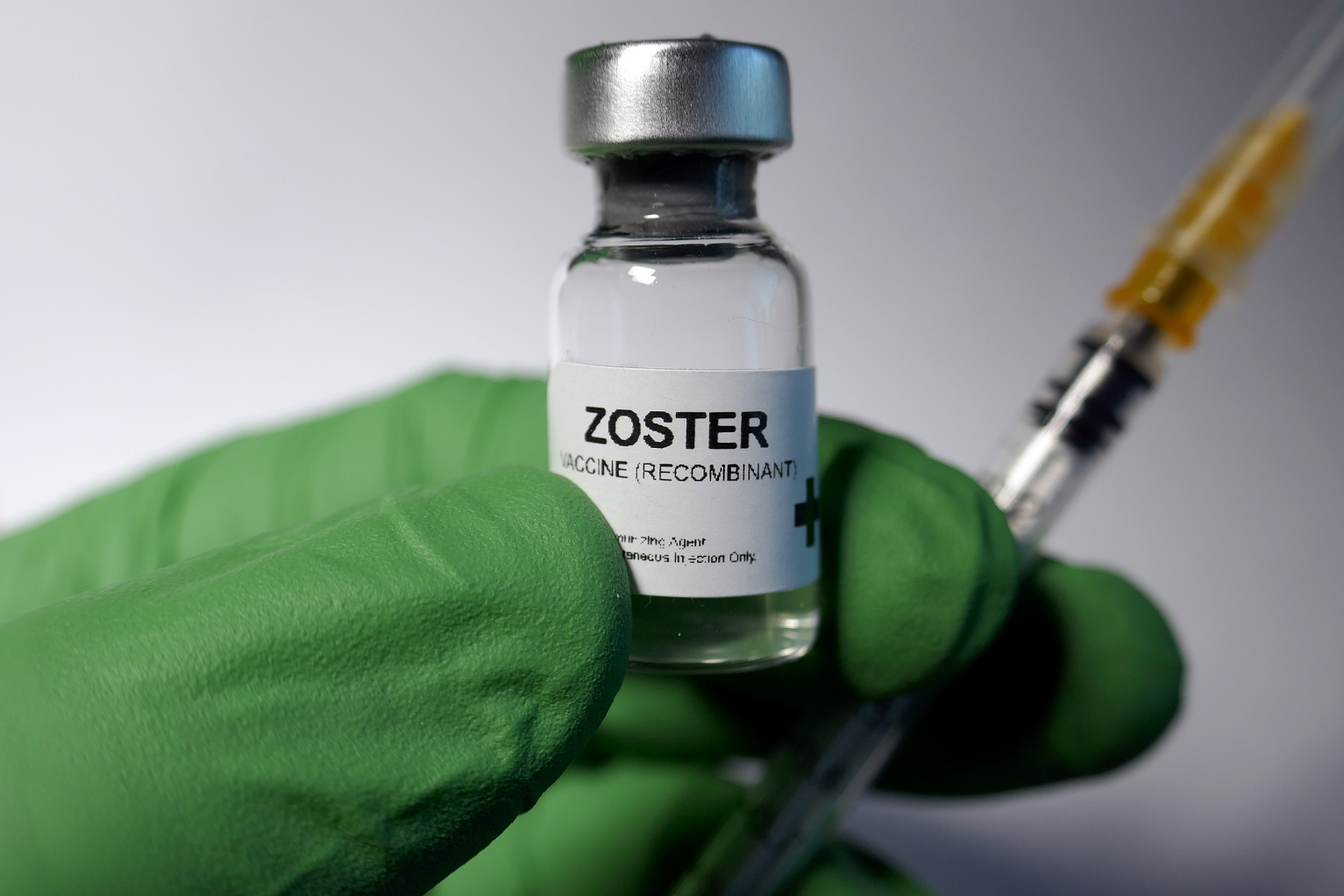On June 25, 2025, the majority of members of the U.S. Centers for Disease Control and Prevention’s (CDC) Advisory Committee on Immunization Practices (ACIP) ignored risk warnings and voted for a recommendation that infants be given Merck & Co.’s monoclonal antibody, clesrovimab, marketed as Enflonsia. The committee advised using Enflonsia to prevent Respiratory Syncytial Virus (RSV) lower respiratory tract infection in infants born during or entering their first RSV season, specifically those under eight months old who may not be protected by maternal antibodies.1 Breastfeeding is known to be protective against bronchial complications of RSV in infants.2
The committee voted 5-2 in favor of the recommendation, with Retsef Levi, PhD and Vicky Pebsworth, PhD, RN voting against it due to concerns about the monoclonal antibody shot’s safety profile. In a separate vote, the ACIP unanimously approved an updated Vaccines for Children (VFC) resolution to include Merck’s monoclonal antibody, Enflonsia, in the VFC program for uninsured children. The 7-0 vote, which included both Dr. Levi and Dr. Pebsworth, paves the way for Enflonsia to be offered through the federally funded VFC program, which has provided vaccines to uninsured children since 1993.3
Before the ACIP meeting, on June 9, 2025, the U.S. Food and Drug Administration (FDA) licensed Merck’s Enflonsia to prevent lower respiratory tract disease caused by RSV in newborns and infants entering their first RSV season. Enflonsia is a monoclonal antibody designed to provide protection for up to five months, the length of a typical RSV season, with a single 105 mg dose, regardless of the infant’s weight.4
Safety Issues Identified in Clinical Trials of Enflonsia
According to Merck’s press release, clinical trials conducted by the company showed that babies who received Enflonsia were about 60 percent less likely to develop serious RSV-related lung infections that needed medical care, compared to those in the placebo group. The company also reported that Enflonsia reduced the risk of being hospitalized for RSV by more than 84 percent during the first five months of life. Merck stated that the safety profile of Enflonsia in these trials was generally similar to that of a placebo.5
Clinical trial results posted on the government website ClinicalTrials.gov showed several serious neurological adverse effects, which concerned Dr. Peter Selley, a general practitioner based in the United Kingdom closely following RSV drug development. These adverse effects, including febrile convulsions, seizures, facial paralysis, and brain injury, occurred about three times more frequently in babies who received the shot with 25 cases out of 2,409, compared to 4 cases out of 1,202 in the placebo group.6 7
Karl Jablonowski, senior research scientist at Children’s Health Defense, pointed out that the trials showed a serious adverse event rate of 11.71 percent. He reported that infants who received Enflonsia faced a 50 percent higher risk of death compared to those given a placebo (three deaths versus one). The vaccinated group also experienced a 350 percent higher risk of upper respiratory tract infections, a 63 percent higher risk of lower respiratory tract infections, and a 41 percent greater chance of febrile convulsions.8
Physician Questions One-Size-Fits-All Dosing of Enflonsia in Infants
Merck markets Enflonsia as a more convenient option than Beyfortus, a monoclonal antibody shot developed by Sanofi and AstraZeneca and approved by the FDA in 2023. Enflonsia is administered as a single 105 mg dose to all babies, regardless of their weight. By contrast, Beyfortus requires two doses and is given in either 50 mg or 100 mg amounts, depending on the baby’s weight.9
Dr. Peter Selley questioned this uniform dosing approach, warning that “more is not better.” He said:
The implications of this are that with only one dose of clesrovimab, tiny preterm babies under 5 kilograms are going to be injected with a relatively much bigger dose of the monoclonal antibody, leading to massive levels of the drug in their circulation. In most other fields of medicine, the aim is to find the lowest dose of a drug that is effective, as most side effects are dose-related.10
If you would like to receive an e-mail notice of the most recent articles published in The Vaccine Reaction each week, click here.
Click here to view References:1 BioSpace. Thimerosal, mRNA Vaccines and More. June 27, 2025.
2 Mineva G, Philip r. Impact of Breastfeeding and Severity of RSV Bronchiolitis in Infants : Systematic Review. Pediatrics 2022; 149(1).
3 BioSpace. Thimerosal, mRNA Vaccines and More. June 27, 2025.
4 Merck. FDA Approves Merck’s ENFLONSIA™ (clesrovimab-cfor) for Prevention of Respiratory Syncytial Virus (RSV) Lower Respiratory Tract Disease in Infants Born During or Entering Their First RSV Season. June 9, 2025.
5 Ibid.
6 Merck. Efficacy and Safety of Clesrovimab (MK-1654) in Infants (MK-1654-004) (CLEVER). ClinicalTrials.gov May. 6, 2025.
7 Baletti B. FDA Greenlights Merck’s RSV Shot for Newborns — Clinical Trials Showed 11.71% Rate of Serious Adverse Events, Including Death. Children’s Health Defense June 10, 2025.
8 Ibid.
9 Ibid.
10 Ibid.











